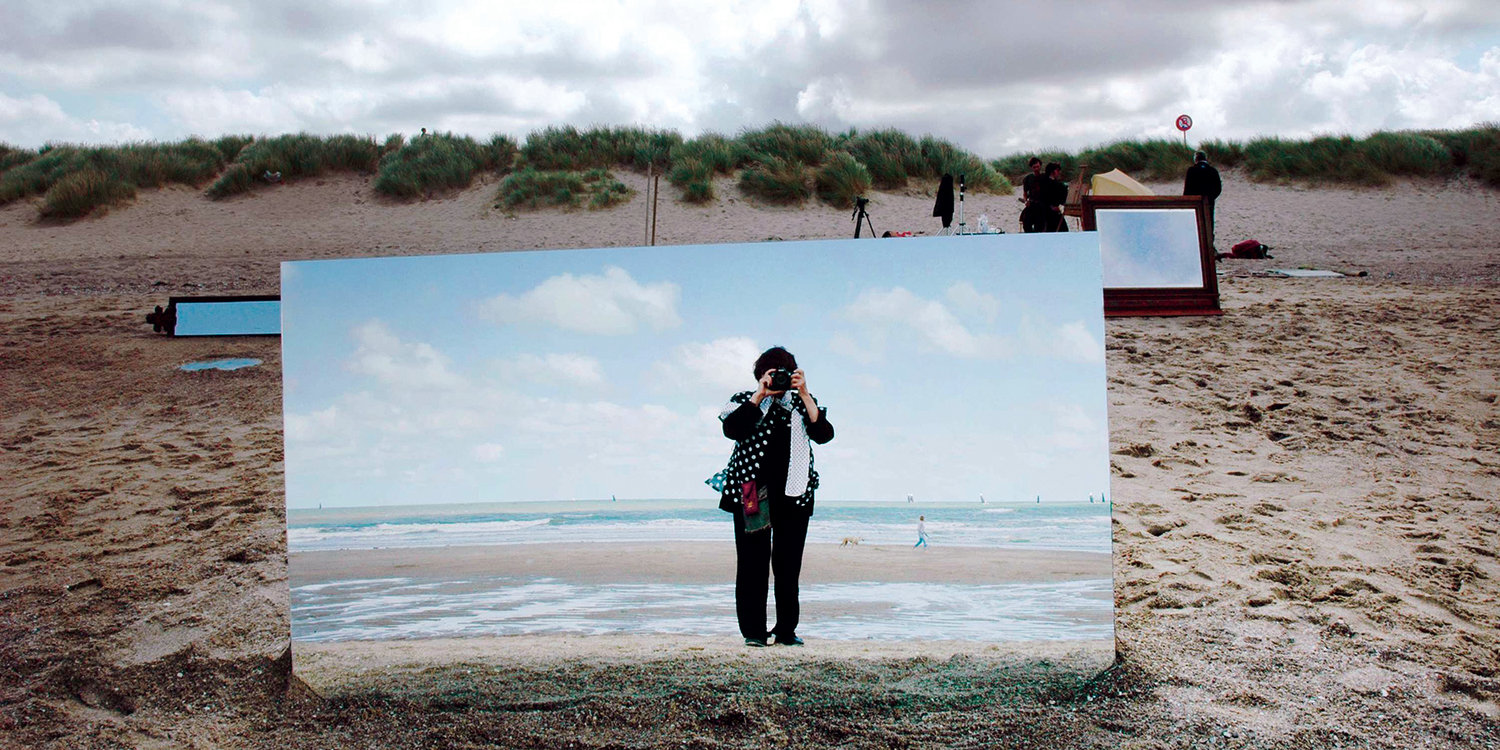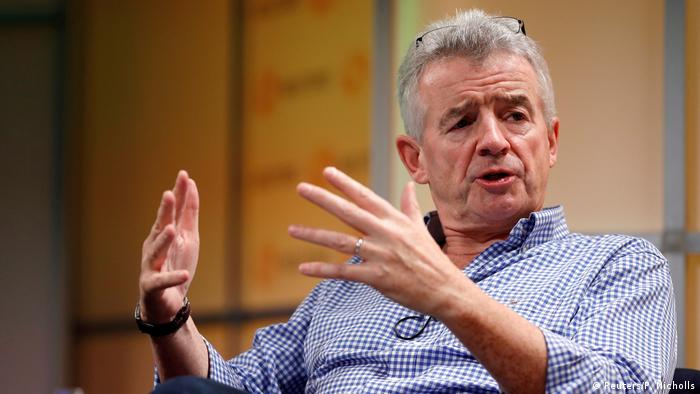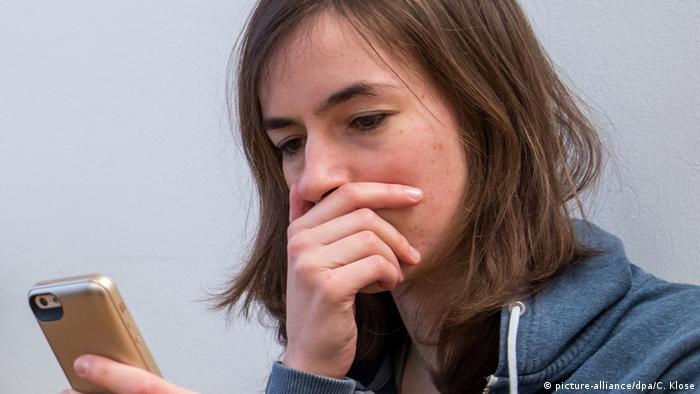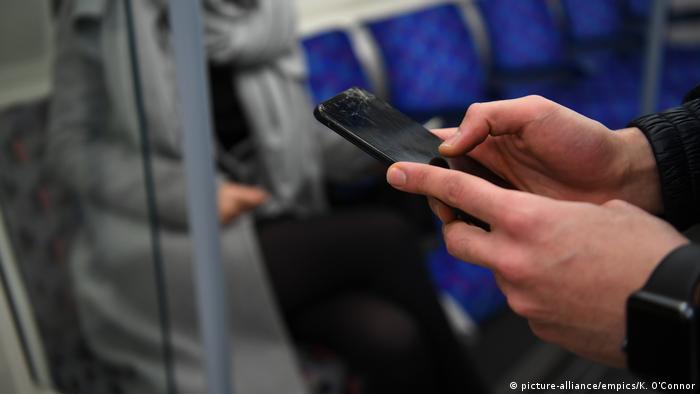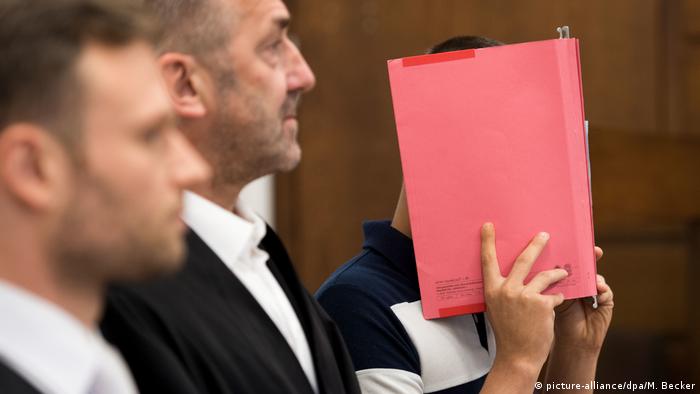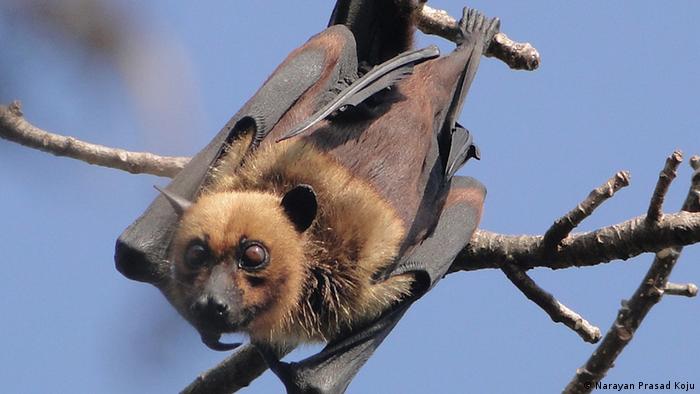Namaste Trump: The US President’s approval rating in India has risen three-fold since 2016
Those who associate with the BJP are more likely to see Trump positively, said a US think tank.
TRUMP HAS HINDU FARMERS SUPPORT




A farmer from Telangana offers prayers to a statue of US
President Donald Trump. | Noah Seelam/AFP
Manavi Kapur, qz.com
US president Donald Trump arrives in India next week at a time when Indians’ opinion of him has never been better. While he feels he hasn’t been “treated very well by India,” up to 56% of Indians are confident about his foreign policy, a Pew Research Center survey shows. In 2016, this figure stood at only 16%.
The US think tank’s Global Attitudes Survey was conducted between June 24, 2016, and October 2, 2019, through face-to-face interactions with 2,476 people.
Manavi Kapur, qz.com
US president Donald Trump arrives in India next week at a time when Indians’ opinion of him has never been better. While he feels he hasn’t been “treated very well by India,” up to 56% of Indians are confident about his foreign policy, a Pew Research Center survey shows. In 2016, this figure stood at only 16%.
The US think tank’s Global Attitudes Survey was conducted between June 24, 2016, and October 2, 2019, through face-to-face interactions with 2,476 people.

Source: Pew Research Center via Quartz
“Those who associate more with Indian Prime Minister Narendra Modi’s Hindu nationalist Bharatiya Janata Party are more likely than supporters of the Indian National Congress opposition party to voice confidence in Trump,” the research said.
Those closer to the BJP are also more likely to offer an opinion, it said. This aligns with Trump’s recent statement that despite the trade deal issues and snubs over Kashmir, he still liked Modi “a lot.”
Trade on the table
There is much speculation whether India and the US will be able to ink a trade deal during Trump’s first-ever state visit to India on February 24-25. The two countries have had several rounds of retaliatory tariff hikes in the past year. Some 48% of Indians disapproved of the US tariffs against Indian products, the survey showed.
It also appears that they are happy to export goods, services, and even talent while viewing foreign investments itself with some suspicion. Though a large majority of Indians said foreign companies setting up factories in India was good, they disapproved of Indian firms being bought out.
“Those who associate more with Indian Prime Minister Narendra Modi’s Hindu nationalist Bharatiya Janata Party are more likely than supporters of the Indian National Congress opposition party to voice confidence in Trump,” the research said.
Those closer to the BJP are also more likely to offer an opinion, it said. This aligns with Trump’s recent statement that despite the trade deal issues and snubs over Kashmir, he still liked Modi “a lot.”
Trade on the table
There is much speculation whether India and the US will be able to ink a trade deal during Trump’s first-ever state visit to India on February 24-25. The two countries have had several rounds of retaliatory tariff hikes in the past year. Some 48% of Indians disapproved of the US tariffs against Indian products, the survey showed.
It also appears that they are happy to export goods, services, and even talent while viewing foreign investments itself with some suspicion. Though a large majority of Indians said foreign companies setting up factories in India was good, they disapproved of Indian firms being bought out.

Source: Pew Research Center via Quartz
The China piece
The US-China trade standoff is also a potentially important piece of the Modi-Trump talks, especially since America looks to India “as a counterbalance to growing Chinese influence around the globe,” Pew wrote. And the US could well use this sentiment in India to its advantage. Over 60% of Indians said the country should pick the US over China for stronger economic ties.
The US influence on the Indian economy, as compared to China’s, was also seen more positively.
The China piece
The US-China trade standoff is also a potentially important piece of the Modi-Trump talks, especially since America looks to India “as a counterbalance to growing Chinese influence around the globe,” Pew wrote. And the US could well use this sentiment in India to its advantage. Over 60% of Indians said the country should pick the US over China for stronger economic ties.
The US influence on the Indian economy, as compared to China’s, was also seen more positively.

Source: Pew Research Center via Quartz
This article first appeared on Quartz.Support our journalism by subscribing to Scroll+. We welcome your comments at letters@scroll.in.
This article first appeared on Quartz.Support our journalism by subscribing to Scroll+. We welcome your comments at letters@scroll.in.



